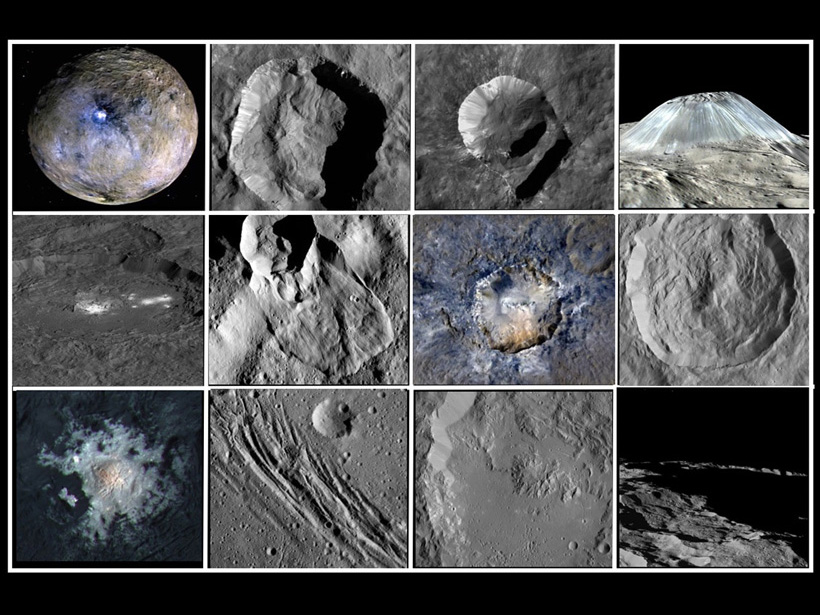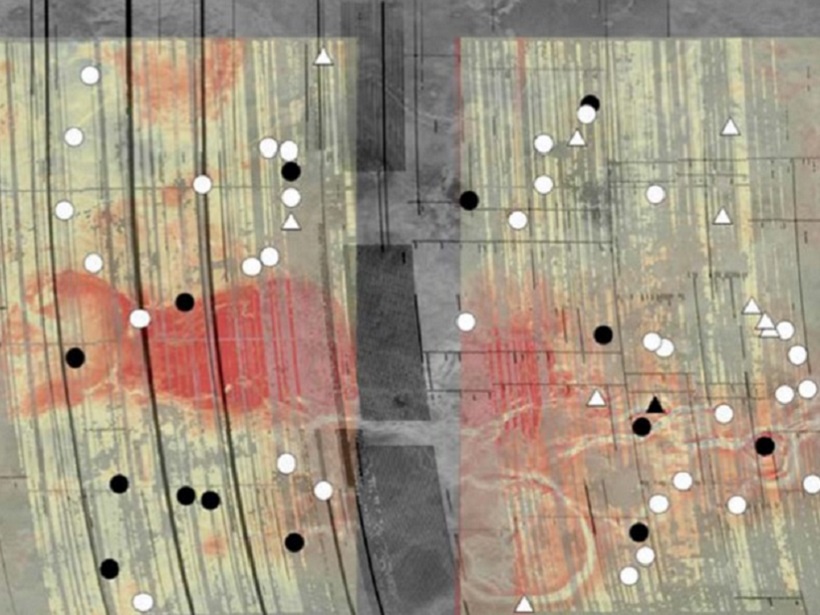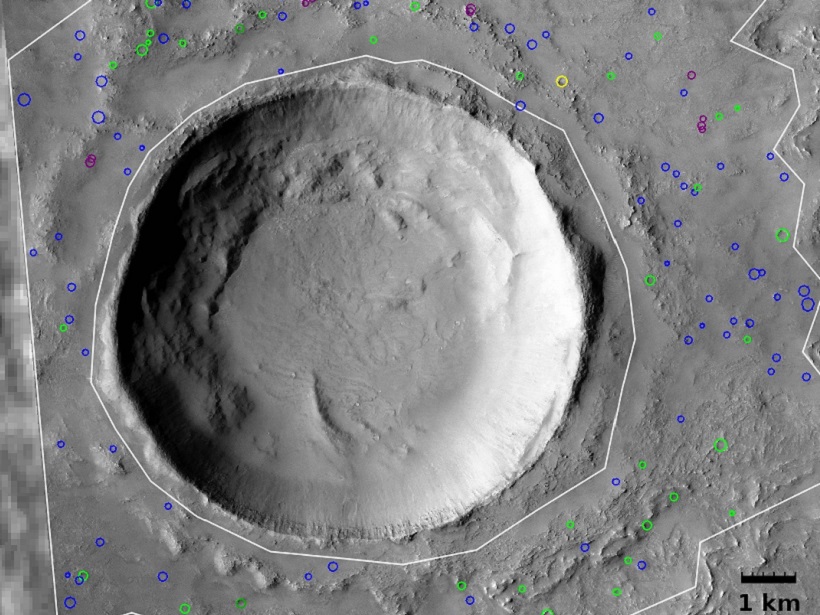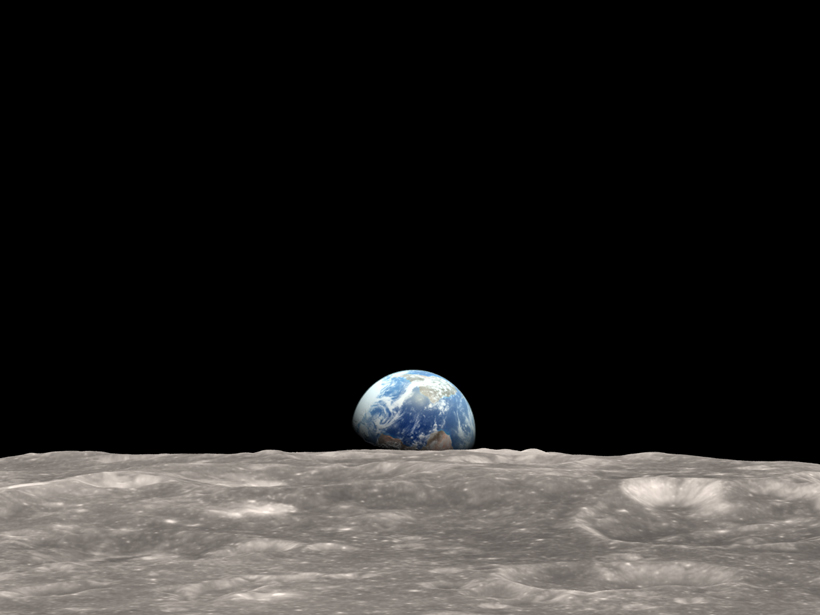AGU editors recognize the contributions of peer reviewers in 2024, whose expertise and dedication are integral to the advancement of the Earth and space sciences.
Steven A. Hauck, II
In Appreciation of AGU’s Outstanding Reviewers of 2023
AGU editors recognize the contributions of peer reviewers in 2023, who helped advance the Earth and space sciences while maintaining the integrity and accountability of the scientific record.
Ceres: Evolution of the Asteroid Belt’s Icy Giant
A new special collection in JGR: Planets explores how ice has played a key role in the development of the landscape on the surface of Ceres.
JGR: Planets and a Community of Planetary Science
The outgoing Editor-in-Chief of JGR: Planets reflects on the journal’s role serving the planetary science community and expresses appreciation for all those who contribute to its success.
How Did Venus Get its Youthful Surface?
Catastrophic lithospheric recycling is unlikely to be the cause of Venus’s young surface from mantle convection models constrained by offset between the center of mass and center of shape of planet.
Elevated Heat Flow at Coronae on Venus
Enigmatic surface features on Venus called coronae are important for how Venus loses heat, and measurement of surface flexing around these features indicates higher heat flows than on Earth.
Long Term Preservation of Subsurface Ice on Mars
Layered-ejecta craters on Mars that are associated with impacts into rock mixed with volatiles have been formed throughout the planet’s history indicating the long-term preservation of subsurface ice.
Harassment in Astronomy and Planetary Science
New data reveal the prevalence of gender- and race-related harassment in astronomy and planetary sciences.
Earth and Space Science for the Benefit of Humanity
A collection of Commentaries published in the journals of the American Geophysical Union illuminate the deep and growing benefits of research in the Earth and space sciences for humanity.
Pluto Is Just the Beginning
Pluto is the most distant object visited by a spacecraft, yet exploration of the Solar System is far from complete.










